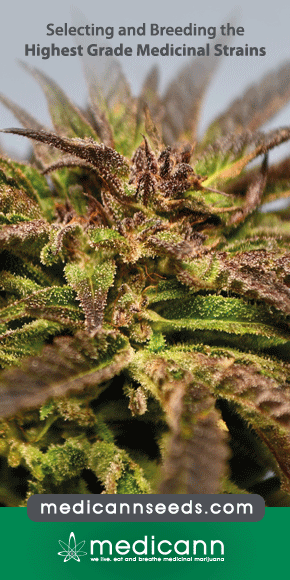Integrating cannabis into clinical cancer care
Cannabis species have been used as medicine for thousands of years; only since the 1940s has the plant not been widely available for medical use. However, an increasing number of jurisdictions are making it possible for patients to obtain the botanical for medicinal use. Despite an absence of clinical trials, abundant anecdotal reports that describe patients having remarkable responses to cannabis as an anticancer agent, especially when taken as a high-potency orally ingested concentrate, are circulating.


